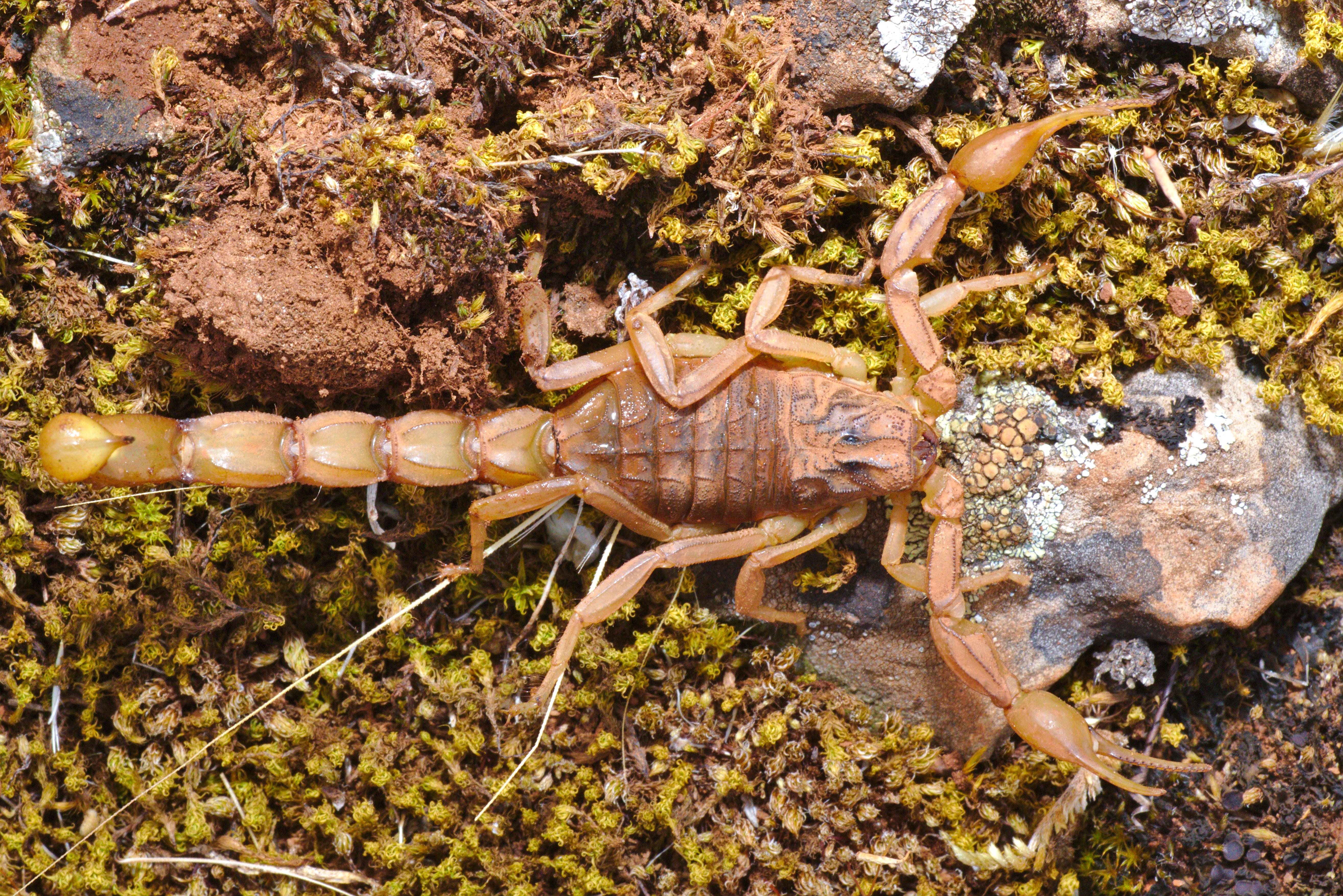There's an intoxicating thrill to encountering the local wildlife whilst venturing the ever-enchanting landscape of Spain. However, within the diverse ecology of this beautiful country, there are a few less-than-friendly inhabitants. The most dangerous of this group? Buthus ibericus, commonly known as the Iberian scorpion.
The Buthus ibericus, or Iberian scorpion's, common locale might surprise you. This particular scorpion species isn't found skulking in remote wilderness or barren scrublands. Contrarily, it's quite associated with human settlements.
Among its favoured habitats are peridomestic areas, meaning environments around human homes and settlements. Rocky walls, fallen logs, leaf litter, or urban waste are common places to find an Iberian scorpion. These creatures are nocturnal and remain hidden during the daylight hours, sneaking out in the cooler evenings to hunt for food.
This species is found mainly in the Iberian Peninsula, hence the moniker, which includes most of Spain and Portugal. Central and Southern Spain are the hotspots for their presence, with a particular prevalence in the Spanish regions of Madrid, Andalusia, and Catalonia. These arachnids are also known to have populations in parts of France, Morocco, and Algeria.

How To Recognise It
The Iberian scorpion is usually 5-6cm in length, possesses a rather menacing appearance typical of a scorpion, with its pincers and tell-tale stinger-tipped tail arching over its back. It is typically a yellowish-brown or orange in colour. The immature scorpions are smaller, usually only around 3-4cm in length and might exhibit a slightly paler colouration.
Another distinctive factor is the presence of dark spots on the mesosoma, which gives the creature a flecked appearance. Additionally, compared to other scorpion species, the Iberian scorpion has remarkably slender pedipalps (the pincer-bearing limbs) and a slightly elongated and slender metasoma (the tail). Remember, though, while identification is important, all scorpions should be treated with caution.

Threat Level: How Lethal Is It?
Scorpions have spells of fear cast over them due to their venomous sting. But how much should we fear the Iberian scorpion, particularly? The Iberian scorpion does pack a venomous sting, and it does use it to immobilise its prey, and as a defence mechanism when threatened. Its venom is a mix of peptides and proteins, some of which could potentially be harmful to humans.
However, its lethality is somewhat exaggerated. Cases of fatality caused by the Iberian scorpion sting are extremely rare. A sting from this scorpion species is undoubtedly a painful experience, often described to be somewhat akin to a wasp sting. The effects are typically localised, causing swelling, redness, and intense pain lasting for a few hours.
Systemic effects, such as fever, nausea, muscle cramps, and in rare cases, more serious symptoms like tachycardia, hyperglycemia, or hypertension, can occur. However, these are not typically life-threatening. Vulnerable individuals — the elderly, young children, or those with pre-existing health conditions, may be more severely affected. It's always necessary to seek medical attention promptly if stung.
To give a bit of perspective, out of the estimated 2,000 scorpion species worldwide, only 30-40 have venom potent enough to kill a human. Most scorpions, including the Iberian scorpion, come nowhere near this lethal benchmark.
In the grand scheme of things, the chances of encountering an Iberian scorpion in Spain are slim, and the possibility of being fatally harmed by one, is slimmer still. However, knowledge and preparedness are always beneficial tools when venturing into any wildlife habitat. By knowing where the Iberian scorpion dwells, how to recognise it, and understanding the actual threat it poses, you'll be better equipped to appreciate the diverse wildlife of Spain safely.
Remember, respect for all wildlife and their habitat — even our unassuming Iberian scorpion — is essential. After all, they're part of the rich tapestry of Spain's ecological landscape that makes it such a vibrant, intriguing region to explore. So, tread lightly, explore respectfully, and enjoy the wild side of Spain!
This tiny but menacing inhabitant of the Iberian Peninsula provides just a hint of danger to heighten the adventurous spirit in you!